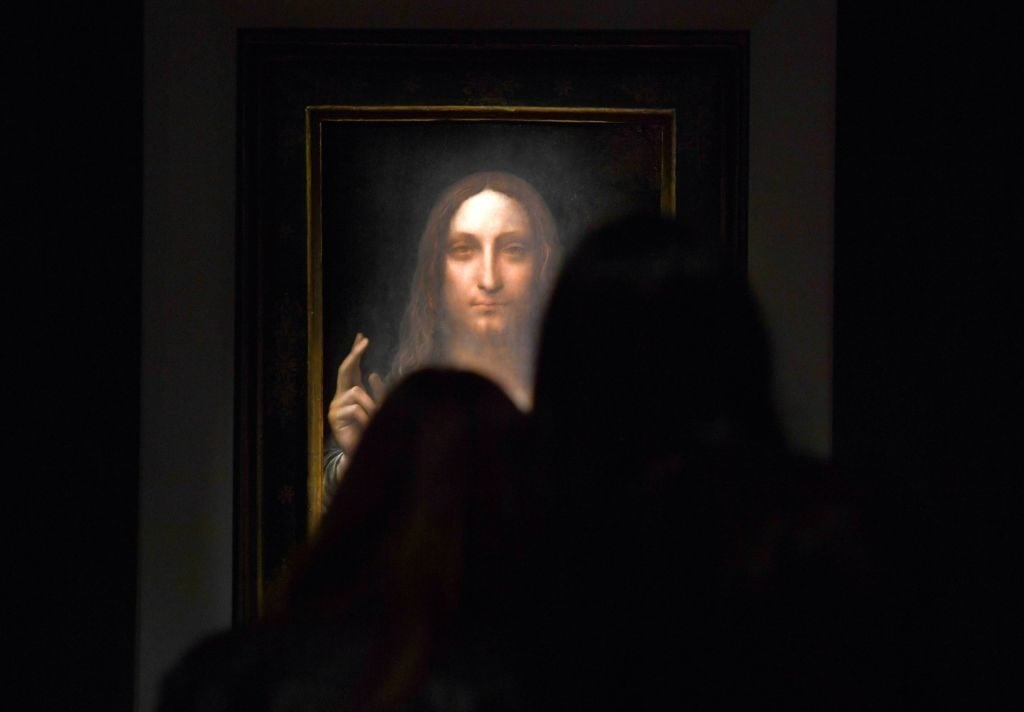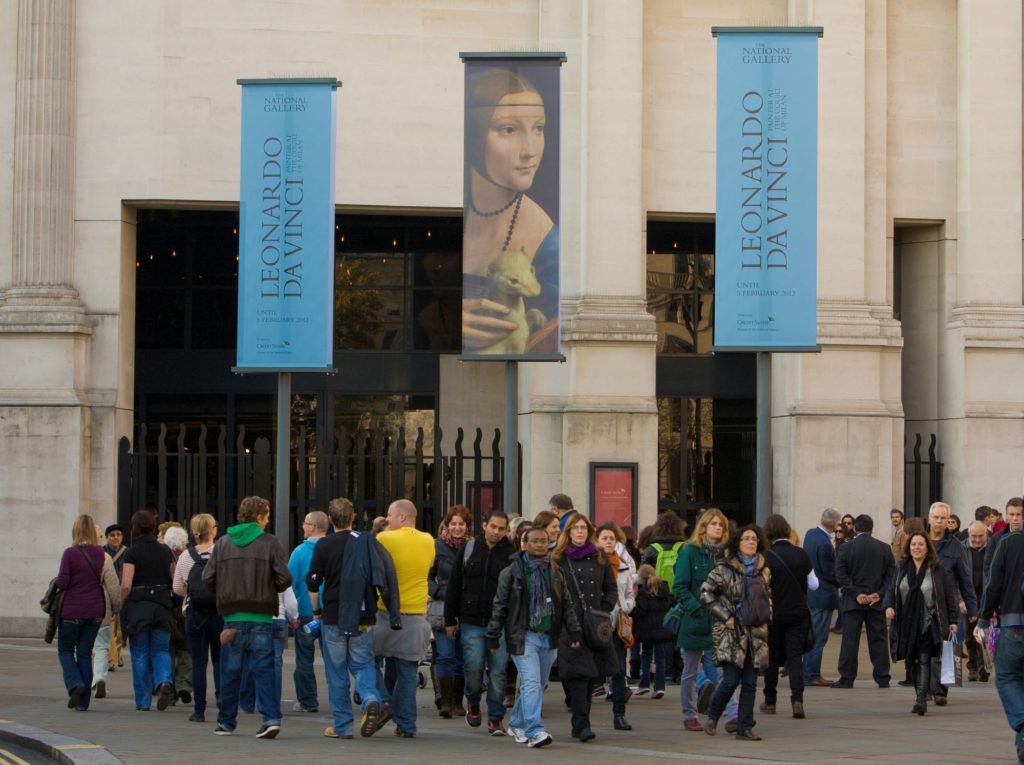Market
The National Gallery Declared ‘Salvator Mundi’ to Be a ‘Signature’ da Vinci. The Experts It Consulted Weren’t So Sure, a New Book Reveals
The author of a new book claims the art museum downplayed the doubts of three experts.

The author of a new book claims the art museum downplayed the doubts of three experts.

by
Kate Brown

Further doubts are being cast on Salvator Mundi, the $450 million painting attributed to Leonardo da Vinci that has not been seen in public since its record breaking sale at Christie’s in 2017.
According to claims in a new book, London’s National Gallery played down scholarly doubts about whether the famed Renaissance master truly made the picture when it included it in an exhibition of his work, “Leonardo da Vinci: Painter of the Court of Milan,” in 2011.
In his new book, The Last Leonardo: the Secret Life of the World’s Most Expensive Painting, which was serialized in the Times of London magazine, author Ben Lewis says that the curator of the exhibition, Luke Syson, described it as an “autograph” work in the show’s catalogue even though three out five experts called in to examine the picture would not back that all-important attribution.
Lewis also reveals that the National Gallery failed to consult Frank Zöllner, the author of a definitive catalogue of Leonardo’s work, before labeling the work a Leonardo. Zöllner has repeatedly questioned the work’s status as an “autograph” painting.
Syson, who is now the director of the Fitzwilliam Museum at the University of Cambridge, regrets not consulting Zöllner, but stands by the wording of the National Gallery exhibition catalogue, telling Lewis that he “catalogued it more firmly” because he was “making a proposal and could make it cautiously or with some degree of scholarly oomph.”
But the majority of the experts the National Gallery did consult before the 2011 show were not so sure. Two said it was by Leonardo; one that it was not; and two others gave no comment, Lewis reveals.
Salvator Mundi‘s inclusion in the National Gallery show and the way it was described in the accompanying publication added significant commercial value to the work. (Within a year, the painting was offered to the Dallas Museum of Art for a reported $100 million.)
“If it hadn’t been in that exhibition, it would have been impossible to sell that painting,” the Swiss art dealer Yves Bouvier told Lewis. Bouvier, who bought the work in 2013 for $80 million, sold it 24 hours later—for an astonishing $127.5 million.

The National Gallery included Salvator Mundi in its blockbuster Leonardo da Vinci show in 2011-12. Photo by George Rose/Getty Images.
Lewis has also uncovered the painting’s unimpressive history prior to its spectacular rise in value.
In 2005, two art dealers bought the work through a now-bankrupt auction house in Louisiana for a mere $1,175. To boost its credibility, they later claimed they paid “around $10,000,” which helped them to flip the work to Bouvier through Sotheby’s in 2013.
Lewis also identified one of the painting’s early US owners, Basil Hendry, from Baton Rouge, Louisiana, who inherited the work from his father. According to Hendry, Christie’s visited his deceased father’s house in 2005 to examine all the art in his collection, including a “Jesus Christ thing [that] was maybe no more than 2 foot by 3 foot,” measurements that correspond with the painting. The auction house’s representative declined to put it up for sale.
Reached by Lewis, Christie’s said it had no employees that could confirm the visit had ever taken place. The auction houses added that the painting was “almost entirely overpainted,” so it was “not surprising that it might have been overlooked by any professional appraiser.”
But by the time it sold at Christie’s for $450 million in 2017, other pounced on its suddenly inflated value. According to New York magazine, the work’s underbidder was Chinese billionaire Liu Yiqian, who reportedly wanted to exhibit the work in his new Shanghai museum. (Liu has publicly denied that claim.)
The future of the painting is now uncertain. The buyer is thought to have been someone acting for Saudi Arabia’s Crown Prince Mohammed bin Salman. It was due to be unveiled at the Louvre Abu Dhabi last fall, but the display was postponed indefinitely, and the Abu Dhabi tourism and culture authority has not provided any explanation. It is unclear whether the Salvator Mundi will be included in the Musee du Louvre’s blockbuster Leonardo exhibition in the fall, although the Paris museum is reported to want to borrow the painting.